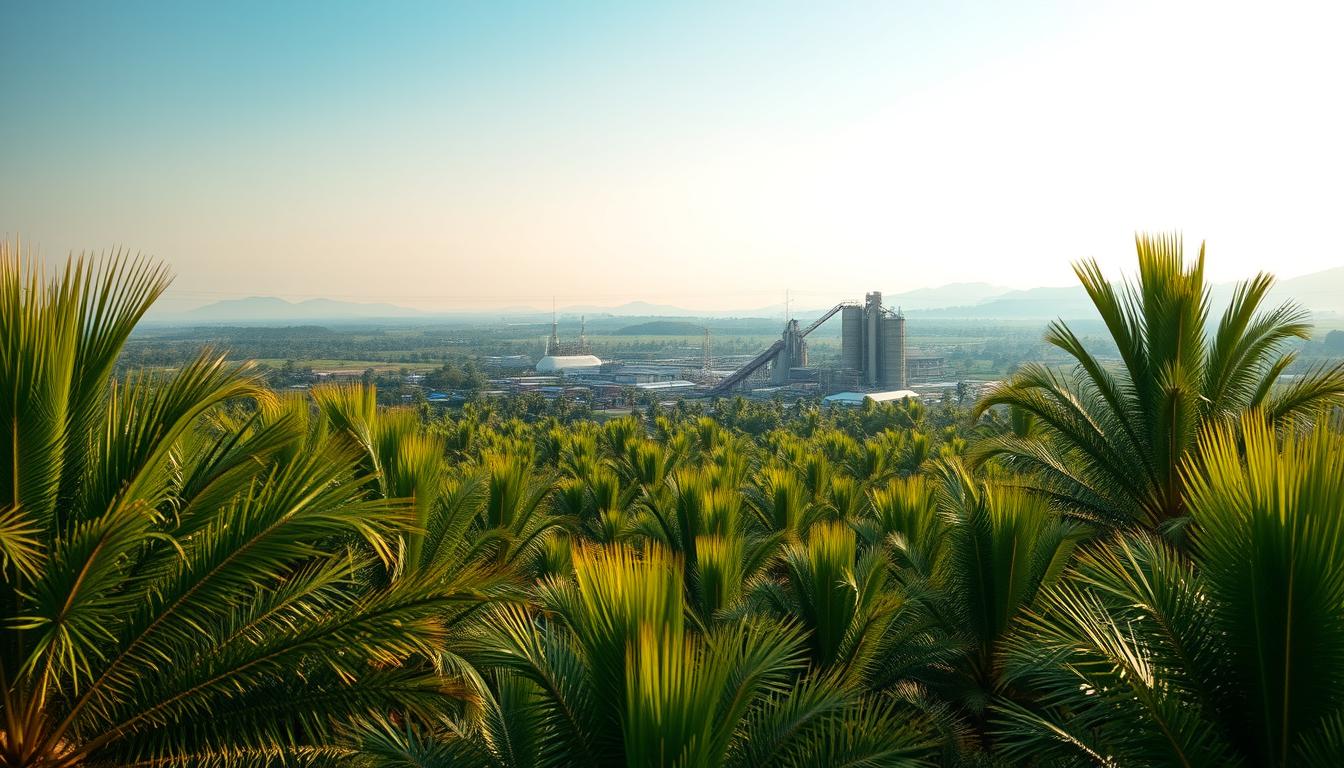Kelapa Sawit: Kunci Kesejahteraan Ekonomi Indonesia Industri Kelapa Sawit telah menjadi salah satu pilar utama perekonomian Indonesia, memberikan kontribusi signifikan terhadap PDB nasional dan menciptakan lapangan kerja bagi jutaan orang. Edit Full screen View original Delete Kelapa Sawit Dengan sejarah yang panjang dan manfaat yang beragam, Kelapa Sawit memainkan peran penting dalam meningkatkan kesejahteraan ekonomi di Indonesia. Industri ini tidak hanya memberikan pendapatan bagi negara melalui ekspor, tetapi juga membuka peluang ekonomi bagi masyarakat lokal. Poin Kunci Sejarah dan Perkembangan Industri Kelapa Sawit di Indonesia Since the early 20th century, Indonesia has been developing its palm oil industry. The journey began with the first palm oil planting in Sumatera Utara, marking the start of a significant agricultural and economic venture. Awal Mula Penanaman Kelapa Sawit The initial palm oil planting in Indonesia was a crucial step towards establishing the country as a major player in the global palm oil market. The first palm oil plants were introduced in Sumatera Utara in 1911 by the Dutch colonial government, which saw the potential for palm oil as a lucrative crop. Perkembangan Kebun Kelapa Sawit Over time, palm oil plantations expanded rapidly across Indonesia, driven by favorable climate conditions and government support. By the mid-20th century, Indonesia had become one of the world’s largest palm oil producers. Dampak terhadap Ekonomi Lokal The expansion of palm oil plantations has had a significant impact on the local economy. It has created employment opportunities and increased income for local communities. The palm oil industry has also contributed to infrastructure development in rural areas. Year Production (Tonnes) Economic Impact
